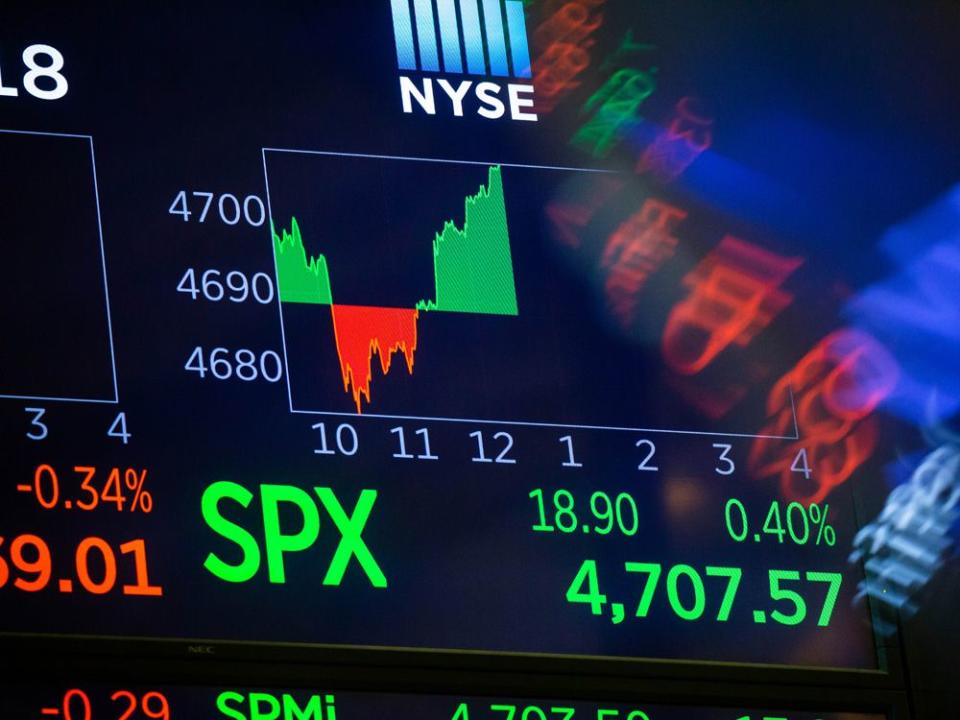Matthew Lau: For social good, S&P beats ESG

In many quarters, investing according to ESG (environmental, social, and governance) metrics is all the rage — especially in view of the lamentable fashionability of demonstrating profound concern about climate change. The ESG-friendly quarters include public universities that under the guise of a “climate emergency” or “crisis” have committed to divesting their portfolios of fossil fuel companies. Public pension plans, including the Canada Pension Plan and Quebec Pension Plan, are also committed to ESG, which means all Canadian workers, by virtue of being forced to pay into one or the other, are required to have some of their savings dedicated to promoting environmental or social goals instead of their financial security.
ESG investing may be all the rage, but it is an outrage that public pension plans are pursuing it: they have a fiduciary duty to the people whose money they manage and their mandate is to invest it to achieve the best risk-adjusted financial returns. Their adoption of ESG investing is contrary to this mandate, an inconvenience they sidestep by claiming it is actually profitable. Unfortunately, the logic behind the claim does not work. The purpose of ESG investing is to expand socially or environmentally responsible firms or industries by giving them a lower cost of capital and contracting the supposedly irresponsible ones by charging them a higher cost of capital. The problem is, cheaper capital to the firm means a lower return to the investor, so in order for ESG to fulfill its purpose of promoting corporate social responsibility, the investor must lose money by subsidizing it.
When it comes to the average investor, therefore, two general pieces of advice should be followed. The first is to diversify investments; the best way to do this is through widely-held index funds. The second is to steer clear of the ESG funds. Writing about the world’s largest asset management firm, BlackRock, Andy Kessler reports in the Wall Street Journal that its ESG Aware MSCI USA ETF “has almost the same top holdings as its S&P 500 ETF” though BlackRock charges five times the management fee for the ESG label: 15 basis points for the ESG fund, versus three for the S&P fund. The ESG investors not only pay more, but, predictably, get less: “As of June 30, ESG Aware was down 23.7 per cent vs. down 20 per cent for the S&P 500 index.”
Some investors may be happy to pay higher fees and lose money so long as they are accomplishing environmental or social good. Yet even in publications ESG-friendlier than the Wall Street Journal, there is skepticism about the social good that ESG funds supposedly achieve. For example, a Harvard Business Review article earlier this year concluded that in addition to performing worse in financial terms “ESG funds don’t seem to deliver better ESG performance either.” The author, Sanjai Bhagat of the University of Colorado, cited a study finding that American companies in ESG fund portfolios had worse compliance with environmental and labour regulations than those in non-ESG portfolios.
Matthew Lau: Medicare is dysfunctional. Anyone surprised by that?
Matthew Lau: Ottawa should stay out of the food labelling business
Yet another problem with ESG investing is how companies are scored on ESG metrics. An investigation by another ESG-friendly publication, the Globe and Mail, found that ESG rating methods used by major organizations “vary to the point where the same company can be judged as both an ESG leader and a laggard, depending on who’s doing the measuring” — a result that should sow skepticism among both investors and companies as to the value of these ratings. More generally, as New York University finance professor Aswath Damodaran writes, “there seems to be little consensus across services on how to measure goodness, and the low correlation across service measures of ESG has been well chronicled.”
Probably the best reason for skepticism on the merits of ESG investing is that in a market economy the companies that aim to do well financially are the ones that do the most social good. As Adam Smith observed, those who “affect to trade for the public good” usually don’t do much good, while humanity is fed by the butchers, brewers, and bakers who are motivated by business profits. Want to be socially responsible with your investing? Whatever your cause — stopping global warming, increasing gender equality, improving consumer welfare, ensuring high labour standards, or anything else — there is no need to go for the expensive ESG funds. The S&P 500 ETF is perfectly fine.
Matthew Lau is a Toronto writer.

 Yahoo Finance
Yahoo Finance 